BHAse and TCIV EaSt key takeaways
healthcare transactions
We recently attended the Behavioral Health Summit (BHASe) and Treatment Center Investment & Valuation Retreat East (TCIV East) which took place in Miami and Palm Beach Gardens, Florida, respectively. Both conferences were well-attended and provided Behavioral Health business owners with excellent forums for discussing the current trends and important topics facing the Autism, Mental Health, and Substance Abuse treatment sectors. Below are some of the Key Takeaways that we observed:
M&A Activity: A New Market Reality
- Overall M&A activity in the Behavioral Health sector was down about 35% in 2023 versus 2021 and 2022 (which were amazingly good years). The reasons for this drop are numerous and sub-sector specific but can be boiled down to a few issues faced by Private Equity (“PE”) Groups, who by and large drive most M&A activity in Behavioral Health. These include a higher interest rate environment and tighter bank lending standards, causing deals to take longer to close, as well as few high-profile company failures causing PE firms to enter deals more cautiously.
- While one investment banker (who shall remain nameless) painted a fairly bleak picture for Behavioral Health M&A (yes, we know, the data does not lie), Hexagon’s Healthcare team views the environment a bit differently, where demand for high quality, fast-growing, and mission-driven organizations are still highly sought after by PE buyers.
- This is evidenced by two of Hexagon’s recent client transactions in the space, Family First Adolescent Services (Mental Health/SUD – which closed in 2023) and Autism Spectrum Interventions (ABA – which went under LOI in 2023 and closed after the holidays in January 2024). Both sold to PE buyers in highly competitive processes.
Value-Based Care: The Future on Hold?
- Value-based care dominated conference discussions, with both providers and payors acknowledging its potential future role in reimbursement models. However, no confirmed implementations of value-based care arrangements were identified. This suggests the concept remains largely theoretical within the industry.
- A thought-provoking suggestion emerged from a Behavioral Health company CEO. He proposed a shift in focus towards outcome-based care instead of value-based care. This perspective is presented as a potentially more impactful approach.
Alternative Treatments on the Rise
- We were intrigued to see a fair amount of discussion concerning alternative treatment modalities and their role in helping (particularly mental health) patients/clients in their treatment regimens. One panel at TCIV East was devoted to the increasing use of psychedelics in treatment, and another panel featured two provider panelists offering dedicated Ketamine and TMS clinics, respectively.
- Hexagon has witnessed a number of its own Mental Health treatment company clients making use of Ketamine and TMS as a treatment option and as an ancillary revenue stream for the practices. While these treatment modalities have been utilized for years, Hexagon predicts that a significant increase in their use by practitioners as regulatory and reimbursement factors are ironed out.
For more information or questions, please contact the Healthcare Team:
Paul Kacik, Managing Director: pkacik@hexagoncapitalalliance.
Brad Erhart, Director: berhart@
Daren Oddenino, Director: [email protected]
